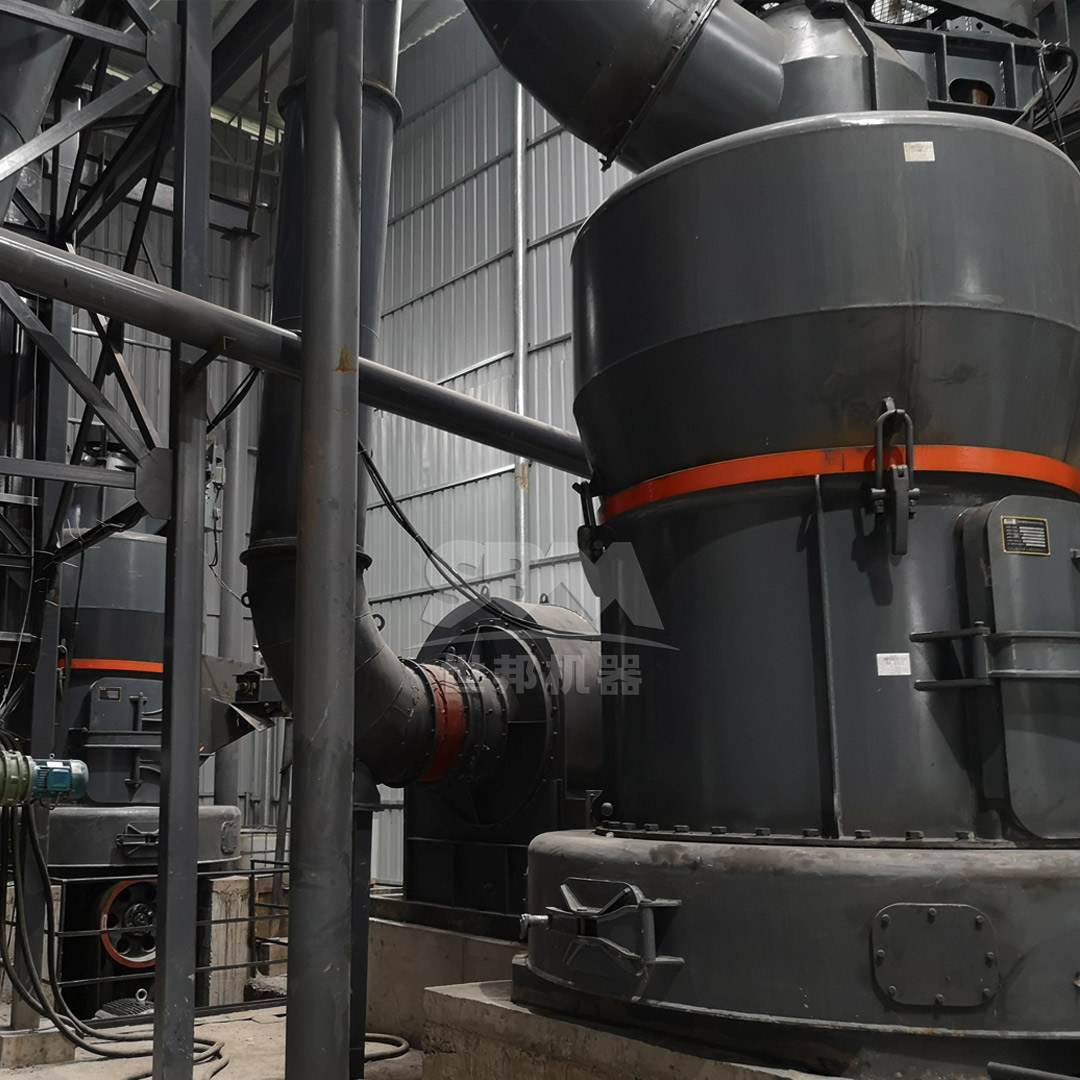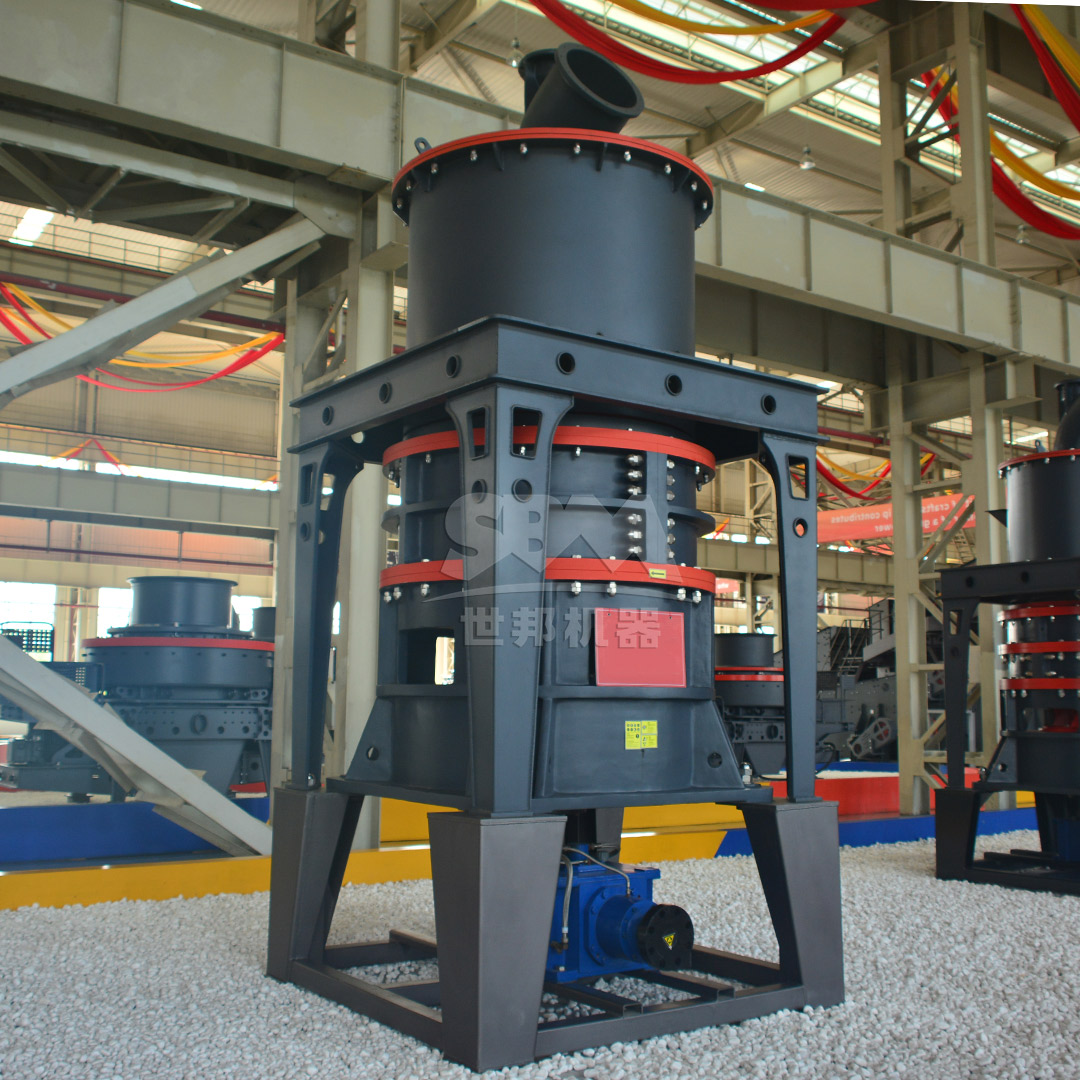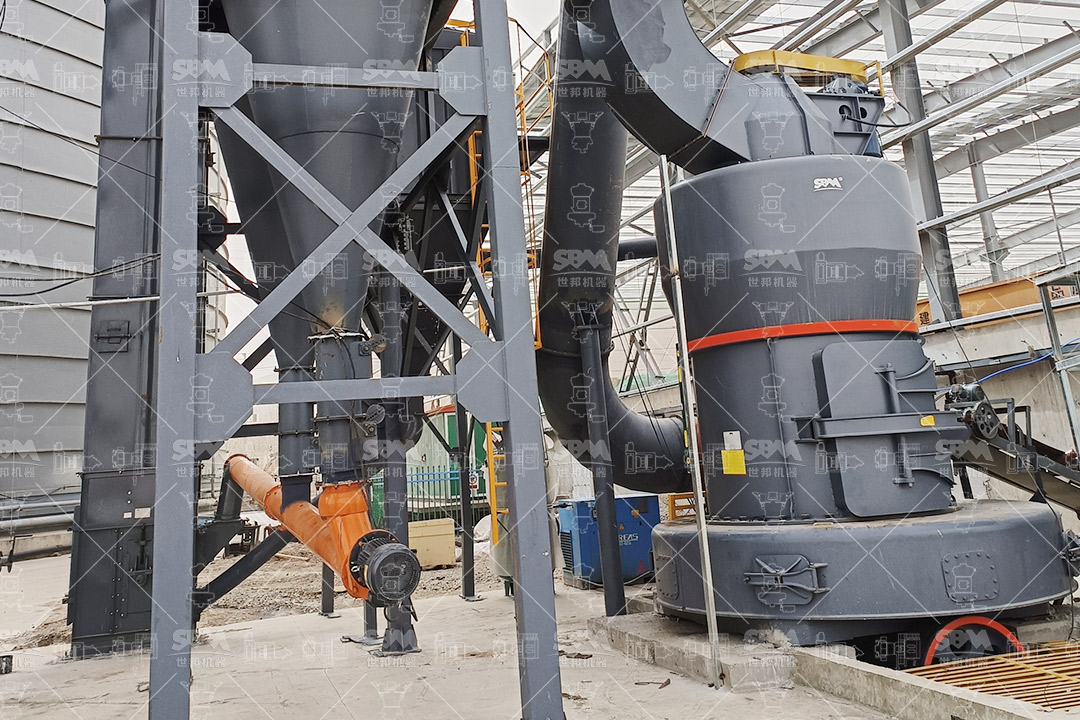The ceramic industry relies heavily on the quality and consistency of its raw materials. Among these, calcite (calcium carbonate) stands out as a critical component, prized for its whiteness, brightness, and low abrasiveness. It acts as a functional filler and extender, enhancing the mechanical properties, surface finish, and thermal stability of the final ceramic product. However, unlocking these benefits requires transforming raw calcite ore into a precisely controlled, superfine powder. The efficiency and capability of the grinding machinery used in this process are, therefore, paramount to achieving optimal product quality, maximizing production output, and minimizing operational costs. This article delves into the technological advancements in superfine grinding, with a specific focus on calcite processing for the ceramic sector, and highlights cutting-edge solutions that redefine production efficiency.
Calcite is not merely a filler; it is a performance enhancer. In ceramic bodies, it acts as a fluxing agent, which lowers the vitrification temperature during firing. This leads to significant energy savings and can improve the density and strength of the final product. In glazes, ultra-fine calcite contributes to surface smoothness, opacity, and brilliance. The key to these performance benefits lies in the particle size distribution (PSD). A consistent, ultra-fine PSD ensures uniform sintering behavior, prevents defects like pinholes or blisters, and provides a predictable rheology in slurries. Any inconsistency in fineness can lead to catastrophic results in high-value ceramic manufacturing, making the choice of grinding technology a strategic decision.
Traditional grinding systems, such as ball mills or Raymond mills, have long been used for size reduction. However, they present several inherent challenges when pushed to produce superfine calcite powders (finer than 325 mesh or 45μm):

To overcome these limitations, grinding technology has evolved towards integrated systems that combine efficient mechanical milling with precise air classification. The modern superfine grinding mill is designed to apply multiple forces—compression, shear, and impact—in a controlled manner. The integration of an internal or external dynamic classifier is the cornerstone of this advancement. This classifier acts as a precision gatekeeper, continuously separating particles that have reached the target size from those that require further grinding. This closed-loop system ensures that energy is expended only on oversized material, dramatically improving efficiency and guaranteeing a sharp, consistent top-cut on the final product’s PSD.
For ceramic producers seeking to optimize their calcite grinding process, the SCM Ultrafine Mill represents a state-of-the-art solution. This mill is engineered from the ground up to address the specific demands of producing high-volume, superfine powders with exceptional efficiency and reliability.
The SCM series is capable of processing calcite with an input size of ≤20mm and producing a consistently superb output fineness ranging from 325 to 2500 mesh (D97 ≤ 5μm), with capacities from 0.5 to 25 tons per hour depending on the model.
| Model | Processing Capacity (t/h) | Main Motor Power (kW) | Output Fineness (mesh) |
|---|---|---|---|
| SCM800 | 0.5-4.5 | 75 | 325-2500 |
| SCM900 | 0.8-6.5 | 90 | |
| SCM1000 | 1.0-8.5 | 132 | |
| SCM1250 | 2.5-14 | 185 | |
| SCM1680 | 5.0-25 | 315 |
Its technical advantages make it ideally suited for modern ceramic plants:

For a ceramic manufacturer, integrating the SCM Ultrafine Mill means a direct upgrade in product quality and process economics. The ability to reliably produce calcite powder at 2500 mesh (5μm) allows for the development of superior ceramic bodies and exceptionally smooth, high-gloss glazes. The energy savings directly lower production costs, while the system’s environmental compliance and low noise ensure a safer, more sustainable operation that aligns with modern manufacturing standards.
For applications requiring slightly coarser grinds or where primary grinding of larger feed sizes is needed, the MTW Series Trapezium Mill offers a robust and efficient solution. While the SCM series targets the ultra-fine spectrum, the MTW series excels in the fine to medium-fine range (30-325 mesh), making it perfect for initial size reduction or for products where an ultra-fine powder is not critical.
It handles input sizes up to 50mm with impressive capacities ranging from 3 to 45 tons per hour. Its key advantages include a wear-resistant shovel design, an optimized curved air duct for minimal energy loss, and an efficient integral transmission with bevel gears. This mill is an excellent workhorse for processing calcite that will be further refined or used in applications like ceramic tile bodies where a D97 of 45μm (325 mesh) is perfectly adequate.
The pursuit of excellence in ceramic production is intrinsically linked to the quality of raw material preparation. Investing in advanced grinding technology is no longer a luxury but a necessity for manufacturers aiming to compete on quality, cost, and sustainability. Moving beyond inefficient traditional mills to modern, integrated systems like the SCM Ultrafine Mill unlocks new potential: unparalleled product consistency, significant reductions in energy consumption, and a cleaner, quieter production environment. For any ceramic producer looking to optimize their calcite processing line, embracing these high-efficiency superfine grinding solutions is the most impactful step forward.
